Own a piece of Kenzo Takada history
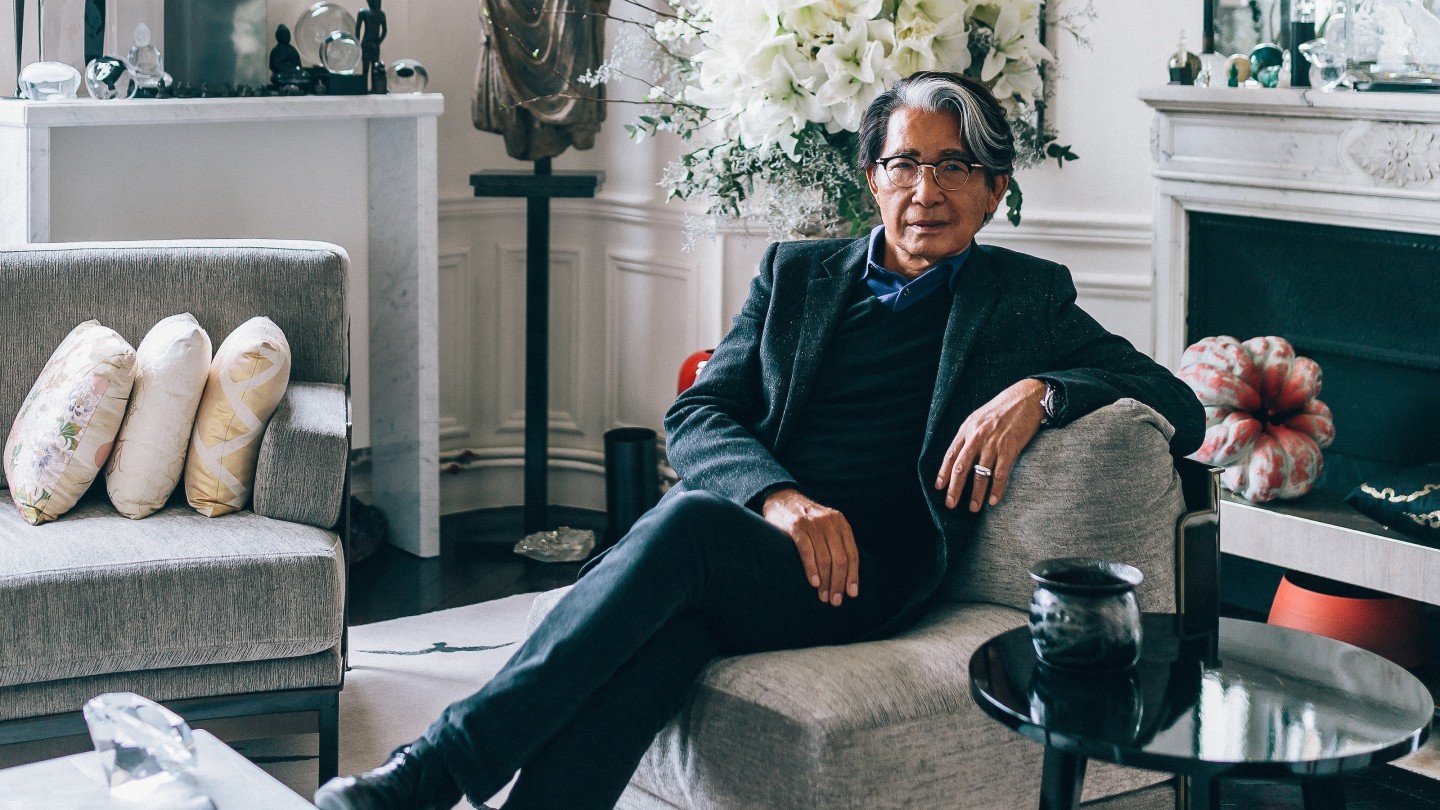
Roula Khalaf, Editor of the FT, selects her favourite stories in this weekly newsletter.
The Franco-Japanese designer Kenzo Takada – known simply as Kenzo – left an indelible mark on the fashion world. “He brought us colours and freedom,” French president Emmanuel Macron stated poignantly on hearing the news of Takada’s death on 4 October last year.
Born in 1939 in Himeji, near Osaka, before moving to Paris in 1965, Takada was a groundbreaker, one of the first to experiment with genderless fashion, paving the way for other visionaries such as Yohji Yamamoto, Rei Kawakubo and Issey Miyake. He was also ahead of the curve in introducing the concept of ready-to-wear clothing. He embraced an eclectic, cross-cultural and, above all, joyful aesthetic in every aspect of his life, and nowhere more so than in his Paris home – a 600sq m Hausmannian apartment – with sweeping views of Saint-Germain-des-Prés.
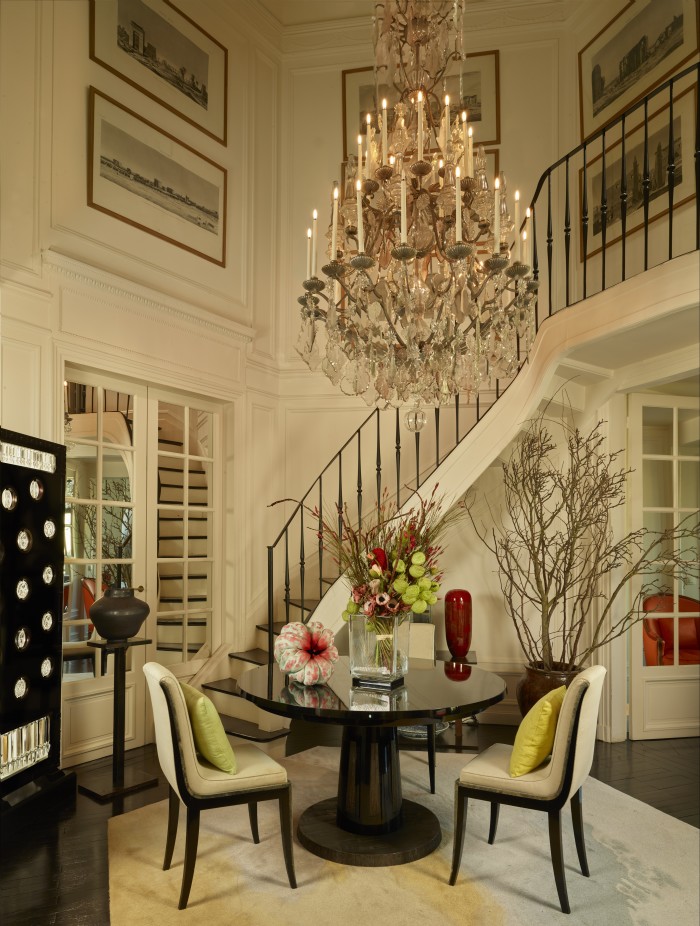
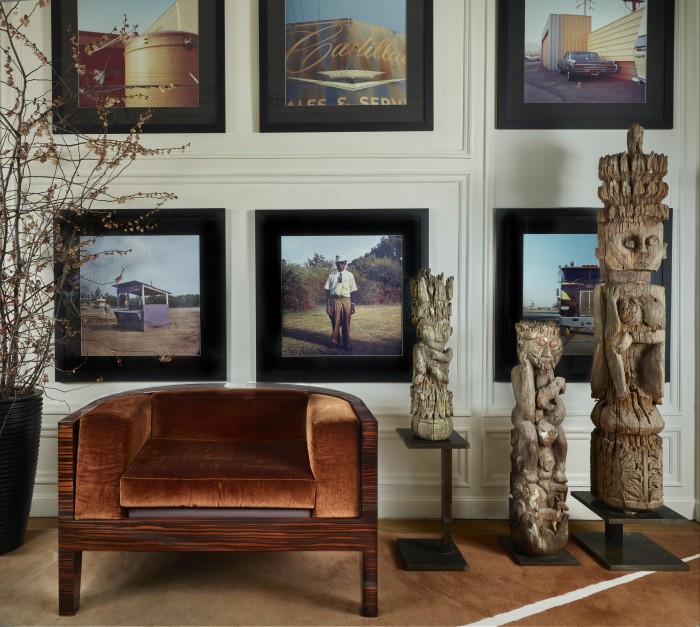
Takada spent more than 50 years collecting pieces for the house, and some 600 items from this personal trove will be auctioned on 11 May by Artcurial in Paris. The items span furniture and decorative objects, as well as sculptures, paintings and other artworks, many of which he found on his extensive travels. Inspired by a deep love of Asian arts – as well as by the soaring, light-filled rooms that were reimagined for him by architect and friend Ed Tuttle – his home evoked an aesthetic of elegant eclecticism. “Kenzo Takada said that his ideal interior was one where comfort invites you to stay at home,” says auctioneer Stéphane Aubert of his philosophy. “His home combined the beauty of east and west, with a broad interest in other cultures.”
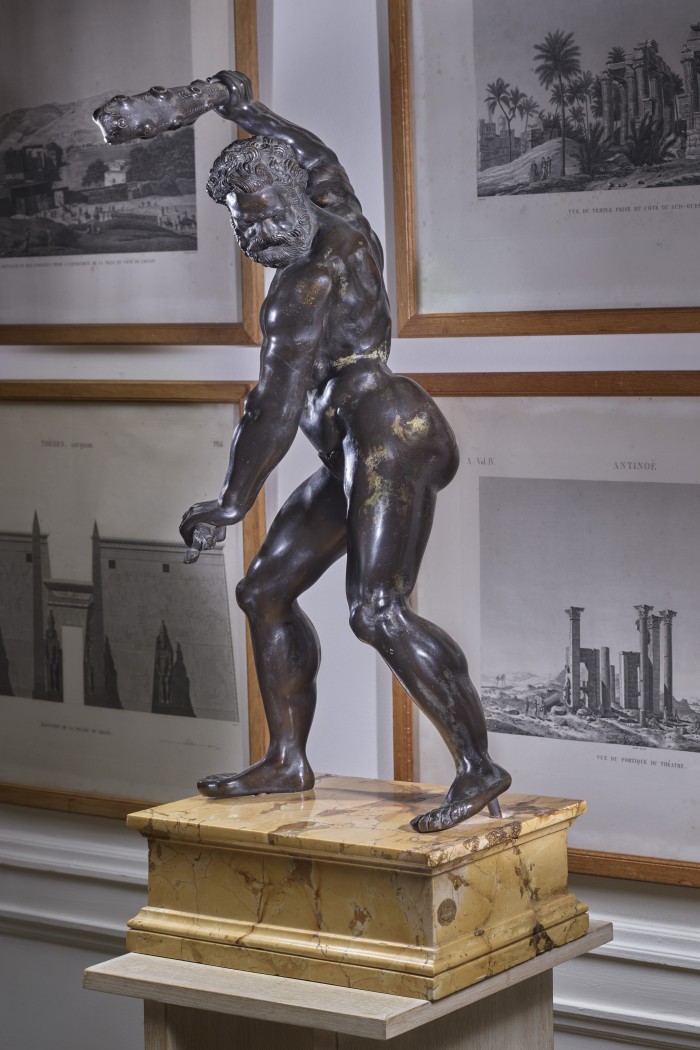
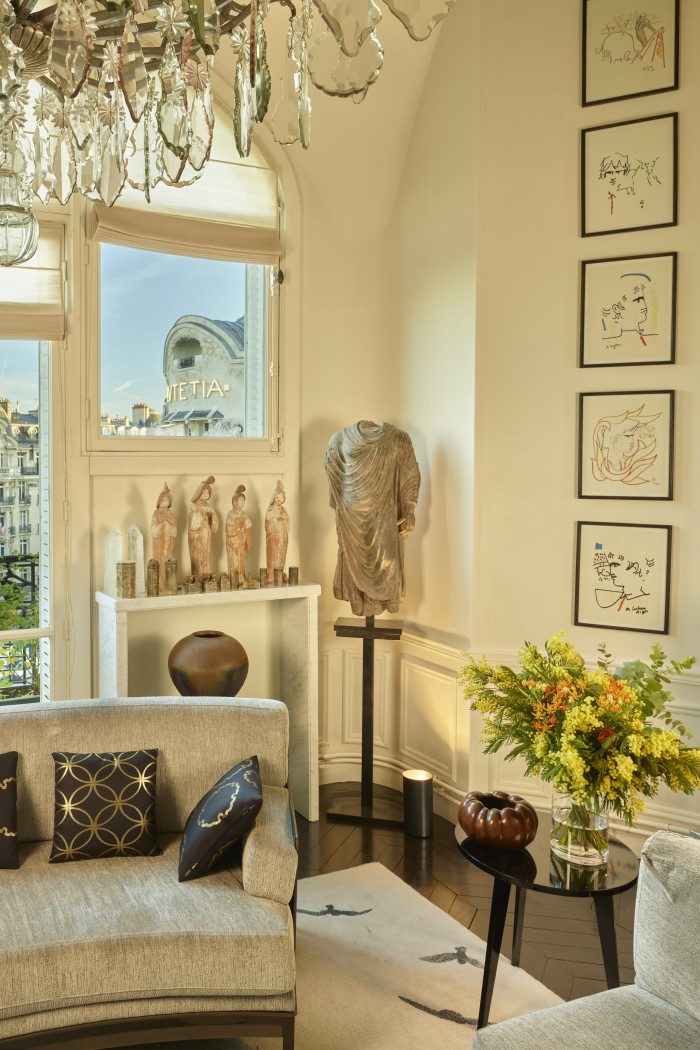
This melding of cultures and styles is reflected in some of the highlights of the auction: an important hinoki-wood horse from the Han period (€40,000-€60,000) is listed with a third-century Buddha torso (€15,000-€20,000) and exquisite Baccarat chandeliers (€8,000-€10,000 each) that once brought drama to Takada’s high-ceilinged home.
The diversity of his tastes cannot be denied: there are Cadillac images by American photographer William Eggleston (€5,000-€6,000), a Pleyel grand piano in the style of Emile-Jacques Ruhlmann (€4,000-€6,000), as well as the spare Japanese stoneware from one side of the design spectrum and a 19th-century ceramic Bracquemond-Rousseau service (€2,000-€3,000) on the other – an early example of the melding between the decorative and fine arts.

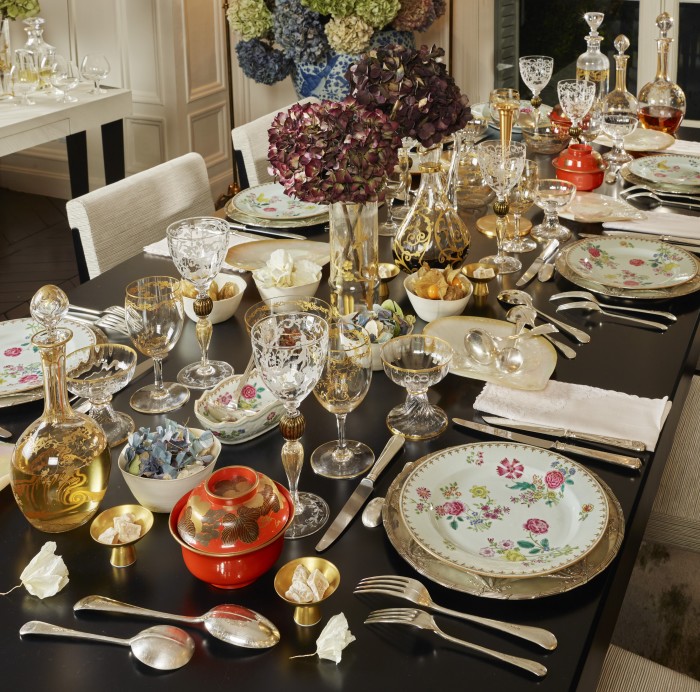
Most intimate, however, are the pieces designed by Takada himself. “He was an excellent draughtsman and painter,” Aubert says, pointing to his preparatory sketches and drawings for his couture collections, as well as a series of Noh mask paintings (€1,500-€2,500 each) and a self-portrait that originally graced the entrance to the apartment as a welcome to visitors. “Kenzo picked his furniture and objects with the same talent, delicacy, imagination and visionary spirit that he brought to his fabrics and fashion,” Aubert concludes. “He succeeded in marrying all periods and styles – from African masks to art-deco pieces by French-Swiss designer Jean Dunand – in a fluid and genuine way, like it was always meant to be.”
Comments